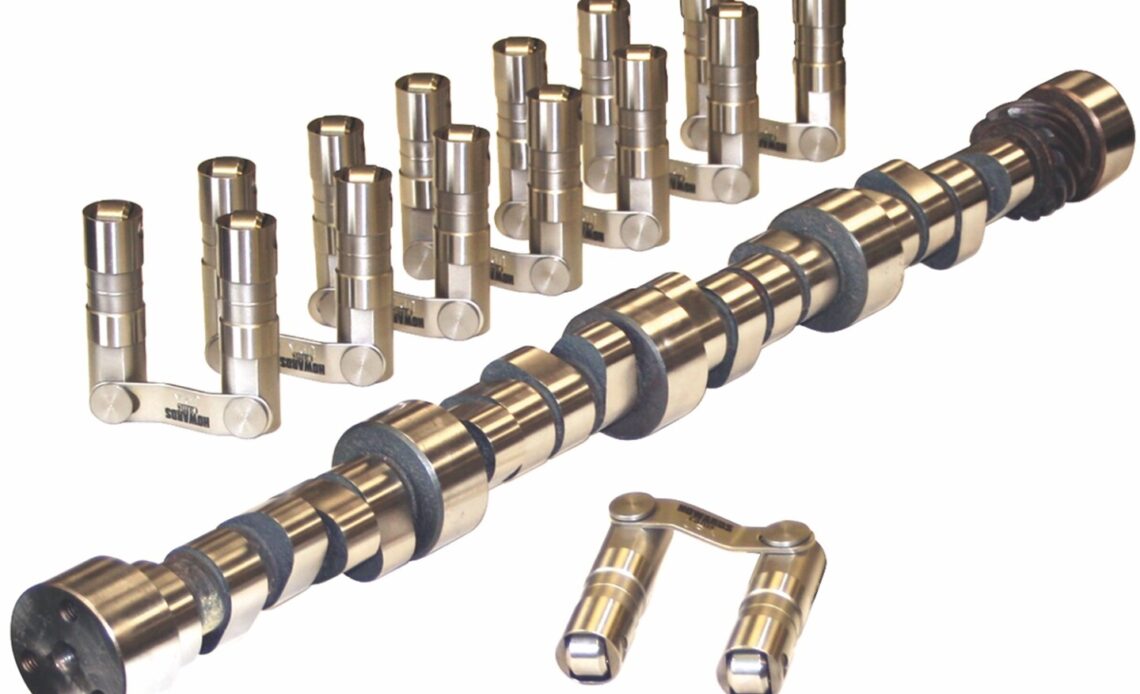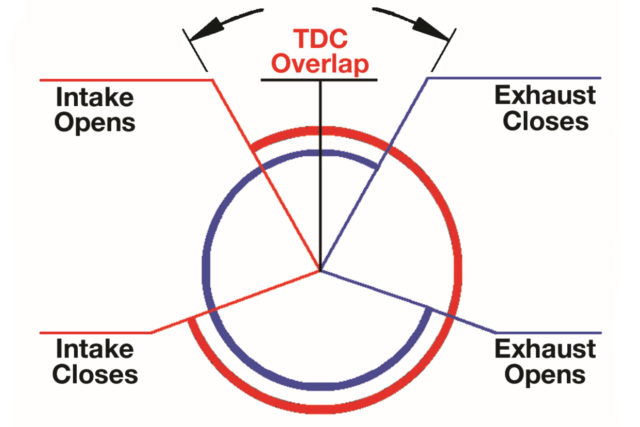There are more turbochargers and superchargers on cars than ever before, and if you’re looking to make more power with one of those engine combinations, a boost-friendly camshaft can improve the efficiency of your combination and increase power and torque.
“Turbocharging and boost is the only way to go these days,” says Howards Cams’ Luke Bandt. “It’s free horsepower. You’re not refilling a bottle and not doing crazy things to the cylinder heads to make power.”
With the ever-increasing popularity of boosted engine applications, Howards Cams developed a line of boost-friendly camshafts to provide enthusiasts with additional horsepower.
“A common thought is that any cam is a boost cam,” Bandt continued. “You can get any cam to function in that application, but it comes down to how efficient you want it to be with the turbocharger or supercharger. We looked at small-block and big-block Chevy and small-block and big-block Ford, and of course LS engines, and we picked a couple of grinds that fit various combinations and put them out as shelf numbers. If someone has a D-1SC ProCharger on a small-block Chevy, we have cam for that. If you have a turbo LS, we have a shelf cam for that and it will keep the power in the right spot.’’
Calculating The Camshaft Specs
Increasing the efficiency of the cams for boosted applications comes down to making changes to the camshaft’s specifications, such as lobe separation for the valve events.
“Generally, what we see on a boosted application, be it a turbo or supercharger, is that the wider we can get the lobe separation, it generally means you’ll get a more efficient charge,” Bandt explains. “The further away the intake and exhaust events are from each other, the more power you can make.
“A tighter lobe separation means that if you have 25 psi of boost, you’re going to be blowing it out the exhaust. The wider the gap, you’re trapping that charge longer and you have a cleaner, higher density charge of air in the cylinder, which is going to make more horsepower.”
Bandt also notes that the camshaft’s duration figures play a part in turbo applications, as well.
“As far as duration goes, you see a wider split on a naturally aspirated application, but when we put them closer on a turbo cam, it creates more heat, which helps with spooling the turbo faster.”
Building more heat has additional effects that Bandt points out.
“When you move to a turbo…
Click Here to Read the Full Original Article at DragzineDragzine…




